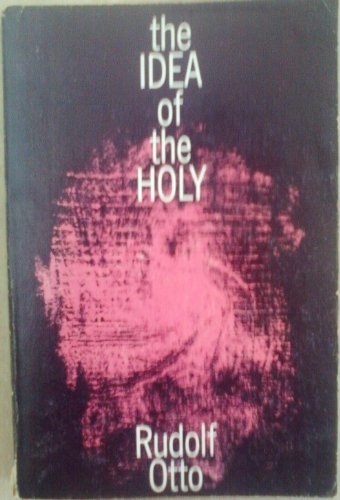What do you think?
Rate this book


Paperback
First published January 1, 1917
The unconditioned pours itself out in the form, which at the same time bursting every form that it has given itself. The rational forms are not only rational, but in each of them (and, all the more, the further they are from formalism) the mystery of 'Being,' on which all reality rests, is contained. Every form is, on the one hand, superficial and, on the other hand, an expression of Being, from which it grows and in which it sinks and loses itself. This accounts for every individuals form, as for the totality of every form.Marion draws from these two thinkers when he speaks of the "saturated phenomena."
(Chris L. Firestone and Nathan Jacobs trans. in Chris L. Firestone's Kant and Theology at the Boundaries of Reason, Appendix A, p. 5).